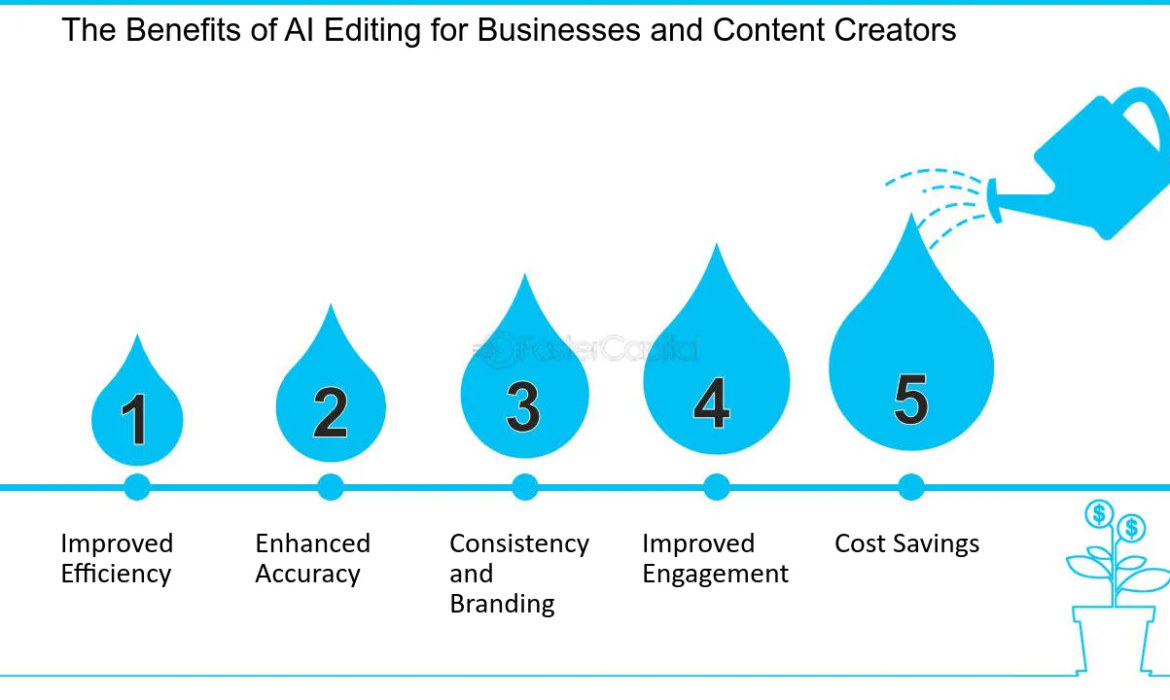In the realm of image editing, achieving a delicate balance between speed and quality has always been a challenge. Businesses, particularly those in e-commerce and digital marketing, constantly seek ways to enhance their visual content efficiently without compromising on the overall quality. The advent of artificial intelligence (AI) has brought about a paradigm shift in image editing, emphasizing a new standard of consistency that ensures both high-quality results and faster delivery. This article explores how AI’s role in image editing is reshaping workflows, enabling businesses to maintain a superior standard of quality while meeting the demands of today’s fast-paced digital landscape.
The Traditional Tug-of-War: Speed vs. Quality
Contents
Historically, the process of image editing has been a delicate dance between delivering results quickly and maintaining a high standard of quality. Manual editing, though capable of producing nuanced and polished images, often comes at the cost of time. Conversely, faster editing methods may sacrifice quality, resulting in inconsistent or subpar visual content. This delicate balance becomes even more critical in industries where a large volume of images needs to be edited promptly for marketing campaigns, product launches, or website updates.
AI’s Consistency in Image Editing:
Artificial intelligence introduces a game-changing element by offering a unique blend of speed and quality. Here’s how AI achieves unprecedented consistency in image editing:
Automated Processes:
AI streamlines image editing by automating repetitive tasks such as color correction, background removal, and detail enhancement. This automation significantly reduces the time and effort required for manual editing, allowing businesses to process large volumes of images with remarkable speed.
Learning and Adapting:
AI algorithms, particularly those based on machine learning and neural networks, have the ability to learn from extensive datasets. This learning process enables AI to understand the nuances of editing styles, ensuring a consistent output that aligns with a brand’s visual identity.
Precision and Accuracy:
AI excels in precise image analysis and manipulation. Whether it’s enhancing specific details or applying uniform color correction, AI ensures a level of accuracy that is challenging to achieve consistently through manual methods. This precision contributes to the overall quality of the edited images.
Consistent Style:
Brands often strive to maintain a consistent visual style across their marketing materials. AI can replicate and apply a predefined editing style consistently across a vast number of images, reinforcing brand identity and creating a cohesive visual narrative.
Quality Enhancement through AI:
Beyond its role in maintaining consistency, AI contributes significantly to the enhancement of image quality in the following ways:
Color Correction:
AI algorithms analyze color profiles and correct inconsistencies across images, ensuring a harmonious and visually appealing color palette.
Background Removal:
AI excels in accurately detecting and removing backgrounds, providing clean and professional-looking images that are essential for e-commerce platforms and product catalogs.
Detail Enhancement:
Neural networks can identify and enhance specific details within an image, resulting in sharper and more visually striking visuals.
Efficient Workflow:
By automating time-consuming tasks, AI allows graphic designers and creative teams to focus on more complex and creative aspects of image editing, leading to an overall improvement in the quality of the final output.
Implementation and Integration:
Integrating AI into image editing workflows involves strategic planning to harness its full potential:
Tool Selection:
Choose AI-powered image editing tools that align with your specific requirements. Consider factors such as ease of integration, scalability, and the range of features offered by the tool.
Training and Customization:
Train the AI algorithms with a dataset that reflects your desired editing style. This customization ensures that the AI understands and replicates your specific aesthetic preferences.
Workflow Integration:
Seamlessly integrate AI-powered image editing into your existing workflow. This may involve collaboration with IT teams or third-party service providers to ensure a smooth transition.
Continuous Monitoring:
Regularly monitor the output of AI-driven processes to identify areas for improvement or adjustments. This proactive approach ensures ongoing consistency and quality in your edited images.
Conclusion:
AI’s role in image editing represents a significant leap forward, addressing the longstanding challenge of balancing speed and quality. By introducing consistency into the editing process, AI not only accelerates workflows but also elevates the overall quality of visual content. Businesses adopting AI-powered image editing can enjoy the best of both worlds—speedy delivery for time-sensitive projects and a consistently high standard of quality that enhances brand identity. As industries continue to embrace AI technologies, the future of image editing appears to be characterized by a harmonious blend of efficiency, precision, and visual excellence.







